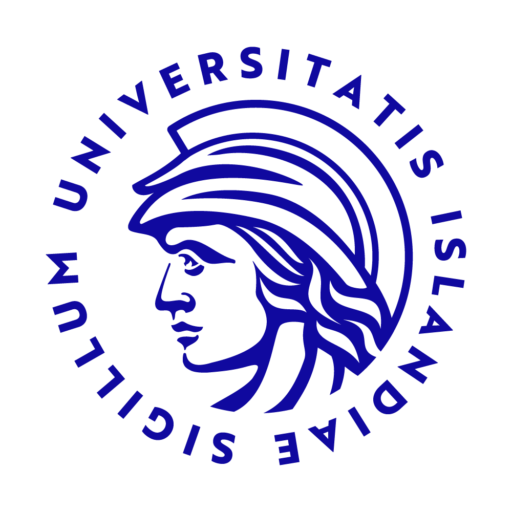Main author: Kimberley Anderson
Institution or Company: Laboratory of Translational Medicine, Faculty of Medicine, University of Iceland
Co-Authors, Institution or Company:
Sara Þöll Halldórsdóttir, Laboratory of Translational Medicine, Faculty of Medicine, University of Iceland. Hans Tómas Björnsson, Laboratory of Translational Medicine, Faculty of Medicine, University of Iceland; Department of Genetics and Molecular Medicine, Landspítali; McKusick-Nathans Institute of Genetic Medicine, Johns Hopkins University.
Introduction: Pilarowski-Björnsson syndrome is a neurodevelopmental syndrome which was first identified in our lab in 2017. The initial patients were all female carrying de novo variants in the gene CHD1, and presented with features of autism, macrocephaly, and speech apraxia. CHD1 is a chromatin remodeler which is essential in embryonic development, playing important roles in transcription, replication, and the DNA damage response.
Methods: Using CRISPR-Cas9 we have introduced a patient specific mutation (Chd1R616Q) into C57Bl/6 mice. We are phenotyping animals using behavioural testing, imaging and antibody staining of brain slices. We are also deriving and culturing mouse-embryonic fibroblasts (MEFs) to use for cell-based studies.
Results: Although the protein levels of CHD1 remain unchanged, the R616Q mutation in Chd1 is homozygous-lethal in our mice, supporting functionality. MEFs carrying Chd1+/R616Q have a significantly increased rate of proliferation (p<0.01) and hyperploidy (p<0.05) compared to WT MEFs. The female Chd1+/R616Q mice have growth retardation compared to wild-type counterparts (p<0.05) and different activity in an open field test (p<0.05). Furthermore, Chd1+/R616Q mice may display increased expression of the neuron-specific splicing factor NeuN (RBFOX3).
Conclusions: We have developed the first patient-specific mouse model of Pilarowski-Björnsson syndrome in mice. These mice display striking sexually dimorphic phenotypes which may explain why all of our initial patients were female. Further investigation into the mechanistic basis of Chd1 mutations in Pilarowski-Björnsson syndrome may yield a deeper mechanistic understanding and novel therapeutic avenues in this and related disorders.

